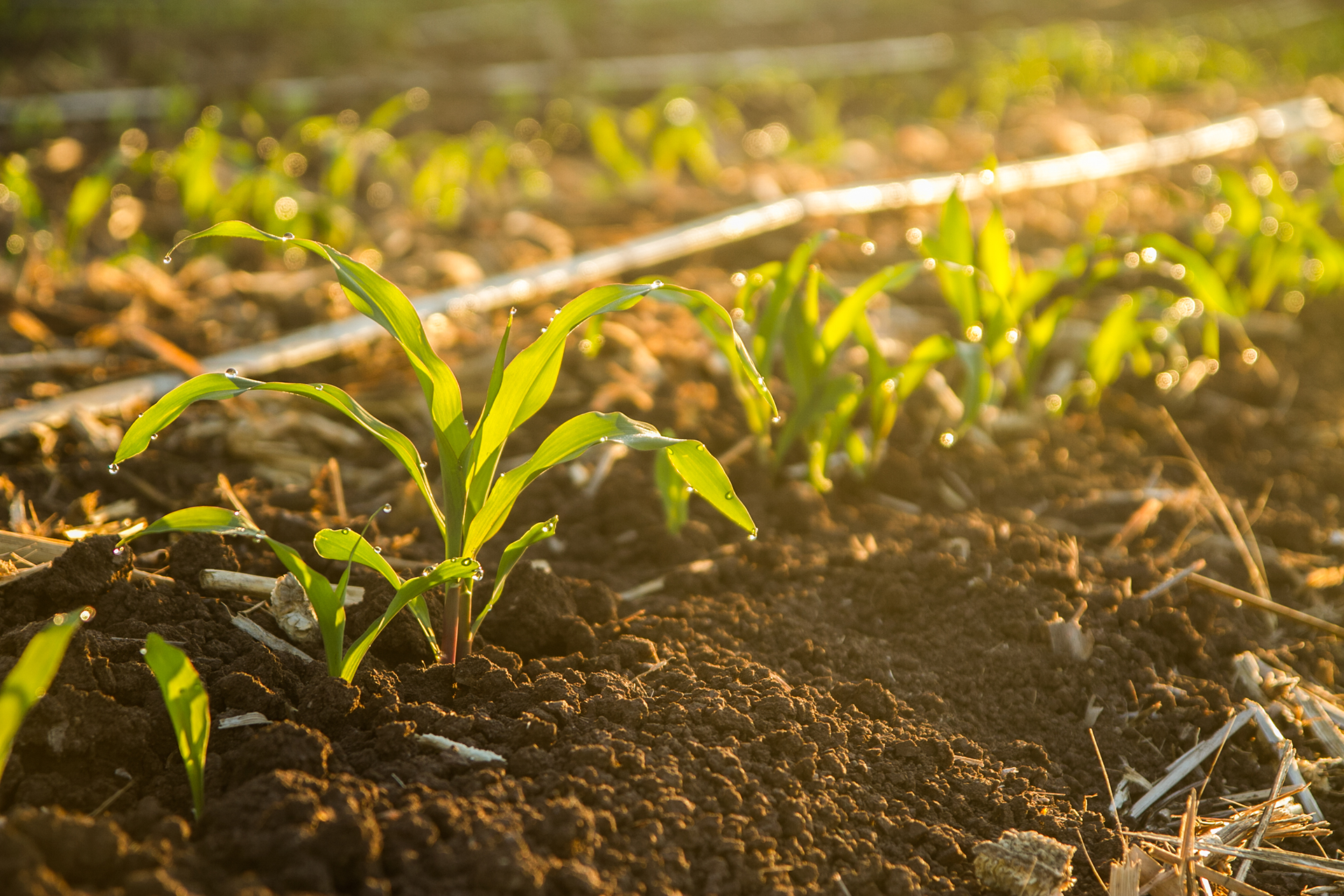Despite frost heavily affecting early cherry varieties, Tru-Cape’s cherry growers remain positive about the overall quality of this season’s harvest and the promising opportunities available in both local and international markets.
“While there may be less fruit on the trees this season, the quality and size of the fruit are outstanding,” says Deon Malherbe from the farm Eselfontein in the Warm Bokkeveld, noting that the season is running about fourteen to sixteen days later than last year.
According to Nico Verhoef, the financial director at Witzenberg Properties, early varieties, of which about 40% to 60% were destroyed by frost during the flowering stage, represent only approximately 10% of the overall crop. Fortunately, the later varieties were spared from the frost, and producers are cautiously optimistic about the later part of the harvest.
“Producers in the early market segment faced a significant setback, but the reduced volume helped to drive prices upwards. We were also concerned that the cool spring conditions and late-season rain might affect the sugar levels of the cherries. However, to our delight, we are now harvesting firm cherries with high sugar levels.”
Johan Brink, Tru-Cape’s national marketing manager, says the market is currently empty, and cherry prices are approximately 25% higher than last year.
“The local market prices are aligned with those in the export market, and we are experiencing strong demand from local retailers and municipal markets.”
Nico mentions that all South African retailers are now keenly interested in cherries, a shift from a few years back.
“The local public is more aware of cherries, and there is growing demand for them even in the informal market.”
Export markets are calling
At present, around 70% of Tru-Cape’s cherry harvest is sold within South Africa, but Johan sees promising opportunities in the United Kingdom, Europe, the Far East, and the Middle East.
“It has always been our strategy to focus on the local market as much as possible to reduce our risk. However, with new orchards and increasing cherry production, we are shifting our approach to grow exports.”
Deon is also thrilled about talks of South African cherries gaining market access to China by 2027.
“It is a tremendous opportunity for our industry.”
Witzenberg Properties aims to achieve its goal of selling 50% of its cherries in the export market this year.
“There is a genuine risk that supply may eventually surpass the local demand; hence, it is crucial to diversify and explore new markets promptly,” explains Nico.
South Africa produces less than 1% of the global cherry supply, yet there is a definite preference for South African cherries in international markets, according to Johan.
“The market is willing to pay a premium for South African cherries because of the incredible flavour and exceptional quality.”
Better varieties for our conditions
Deon is particularly enthusiastic about advancements in cultivar development in the cherry space.
“The new generation of varieties outshine the older cultivars, and you might want to reconsider your approach if you’re not using the best varieties available. Factors like fruit size, shelf life, taste, and yield will guide you when selecting varieties,” he explains, adding that cherries are a prime example of a farming crop that carries both high risks and high rewards.
The drive in the market is for bigger fruit, even as large as 28 mm and more.
“When selecting cultivars, think about the future and keep these market trends in mind,” is his advice.
As the leading exporter of pome fruit in South Africa, Tru-Cape Fruit Marketing is committed to focusing on apples and pears, but cherries are a good addition to their marketing basket, reckons Roelf Pienaar, the managing director of Tru-Cape. The South African Cherry Association reports a remarkable 54% growth in cherry orchards from 2020 to 2023. Notably, around 73% of the country’s cherry production occurs in the Ceres area, where many of Tru-Cape’s shareholders are actively farming.
“Many of them are venturing into the cherry industry, which presents an excellent diversification strategy for those growing apples and pears. I see great potential in cherries, and we aim to increase our volumes in the upcoming seasons, particularly to take advantage of opportunities in trading markets like the Far East and the Middle East,” says Roelf.
“At Tru-Cape, our sole purpose is to create value for our growers, and we now have the chance to enhance their farming operations by marketing and promoting quality cherries.”









